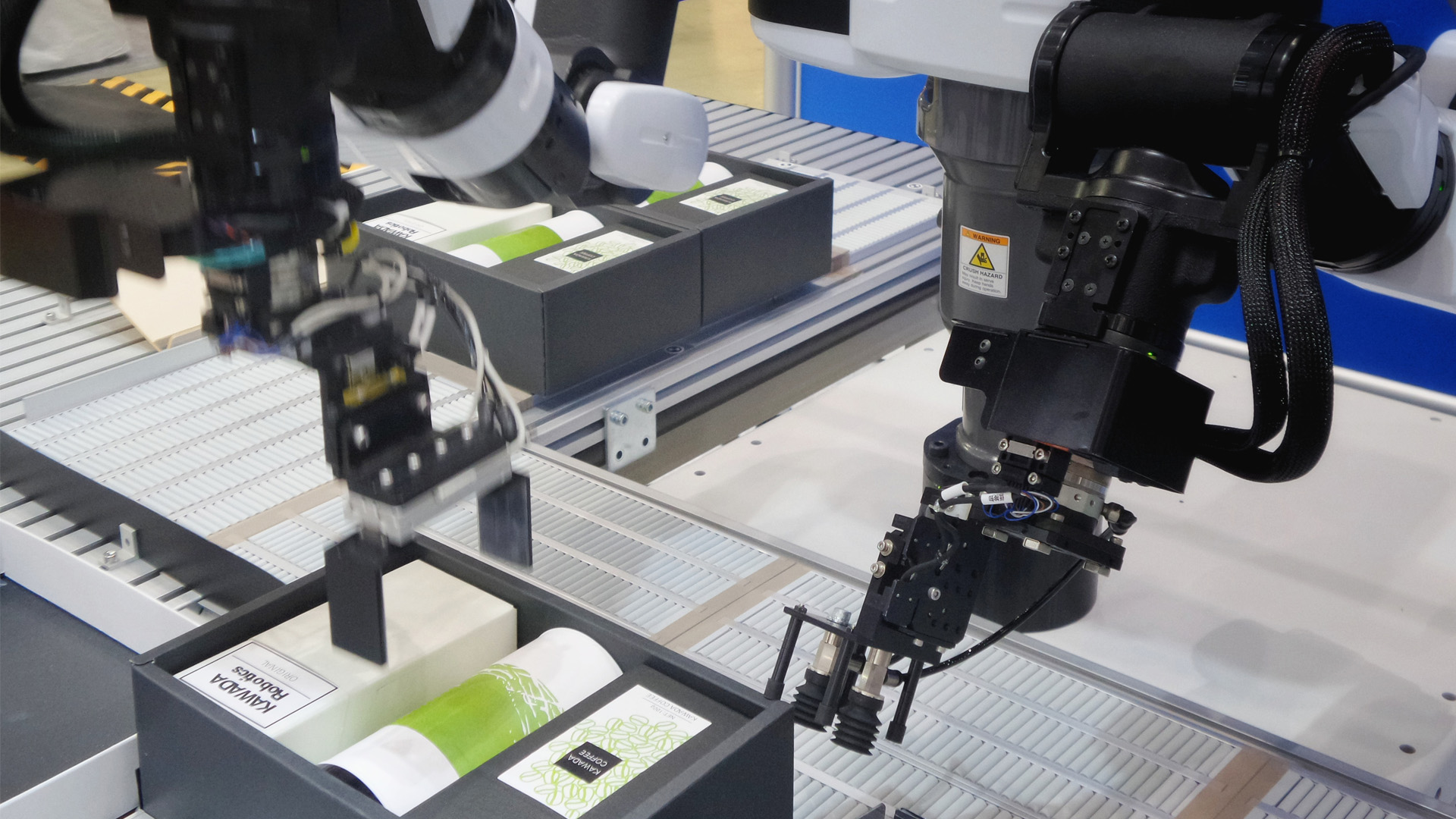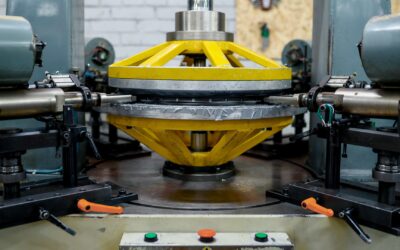Hearing talk about AI technology and robot learning probably conjures images from The Matrix, but today’s tech is more about improving our workforce than robots taking it over.
The manufacturing staffing model of yesterday has been upgraded to include automation for the benefit, not detriment, of manufacturing jobs. The future workforce will either upskill to fit the demand for engineers and technicians or adapt to innovation that improves their capabilities.
While some may believe automation decreases job opportunities, the evidence just doesn’t support that theory. In fact, a recent report from the World Economic Forum indicates a more positive outlook; citing an increase of 12 million newly AI-created jobs by 2025.
“We estimate that by 2025, 85 million jobs may be displaced by a shift in the division of labour between humans and machines,
while 97 million new roles may emerge that are more adapted to the new division of labour between humans, machines and algorithms”
-World Economic Forum, Future of Jobs Report
With statistics like that, it’s really a question of how workers can leverage the trend toward automation, not fear it. Still not convinced? Let’s explore further.
Here are five ways smart manufacturing technology can help empower the manufacturing workforce.
- Encourages Upskilling
Let’s first talk about the introduction of collaborative robots, or cobots, in industrial manufacturing. Here, Cobots are intended to do the work that doesn’t require a large amount of intuitive thinking, thus freeing up time for the worker to focus on higher-end thinking and innovation. By replacing the mundane with machines, workers have the opportunity to upskill and move forward in their careers. And with the newest immersive technology, workers can be paid for hands-on labor, while learning a new skill, taught via a virtual reality (VR) headset.
“AI means less employee time spent searching for and manually formatting data, leaving them with more time for analysis and decision-making. This time savings also means that workers have more time for upskilling.”
-Sean Chou, Future of Jobs Report –
- Improves Job Security
With smart manufacturing technology like AI, companies can scale up quicker, thus opening more job opportunities. The more efficient a company’s processes are, the more equipped they are for increasing business, and the more jobs available, the more valuable human workers become.
Speaking of expansion, cobots are actually a big part of some companies’ growth strategies. Using cobots to fill in can aid in job retention, offering much-needed support for the overworked employee. In addition, the VR technology we spoke about earlier makes it easier for workers to learn new skills. More skills equal job security.
- Enhances Workplace Efficiency
Efficiency is a main goal many companies strive to gain and maintain. With AI technologies, repetitive work is a thing of the past. Large amounts of data can be sorted, analyzed, and streamlined into a more efficient workflow in seconds, which in turn improves the efficiency of the human performing the job as well.
But, no matter how efficient, AI cannot replace human judgment. Human intuition is the magic that drives innovation, and that will not change with the introduction of AI. Machines will help humans think through the process easier, but it will be the worker pulling the strings.
- Removes Barriers to Entry
Today, tech schools make millions of dollars off training workers, but some of the tech taught is obsolete by the time it’s time to look for a job. In the future, thanks to VR technology, knowledge will no longer limit entry into the workforce. An onsite worker can make use of AI or a virtual session with a trained professional to do the work on hand. This enables anyone who can learn the technology to perform tasks that before required a skilled laborer.
- Improves Career Flexibility
Now we come to the juicy part – career flexibility. Using the VR example of a VR training platform, if you can do the work but are only missing the knowledge, imagine the crossover opportunities. One day you could be an auto mechanic, the next day a computer tech. The options are endless.
And we would be remiss if we didn’t mention that there are tremendous implications for the veteran worker, who in traditional models could age out of the workforce. With VR training options, they can remain in the workforce as a consultant offering virtual, real-time consultations from their couch, to the workers on the job. If an employee is skilled but injured, they could provide the eyes for a less skilled worker that completes the job onsite.
There are many ways automation technology can improve workforce conditions in manufacturing if we are willing to adapt and improve. The opportunities are there, waiting to be seized if you’re looking in the right direction.
Automation Alley is a World Economic Forum Advanced Manufacturing Hub (AMHUB) for North America and a nonprofit Industry 4.0 knowledge center with a global outlook and a regional focus. We facilitate public-private partnerships by connecting industry, education and government to fuel Michigan's economy.




